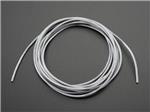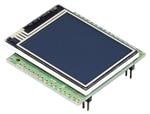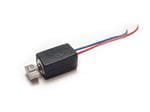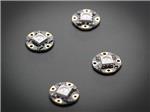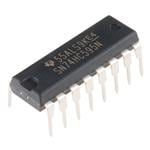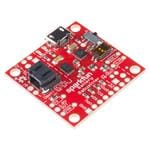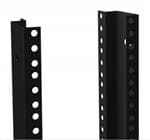
Touched By Time – Cyborgism
About the project
I have no “sense of time - can I develop one? Tempo is a wearable device that feeds time data to my skin through vibration patterns.
Project info
Difficulty: Difficult
Platforms: Adafruit, Arduino, Punch Through, Texas Instruments
Estimated time: 1 week
License: MIT license (MIT)
Items used in this project
Hardware components
View all
Story
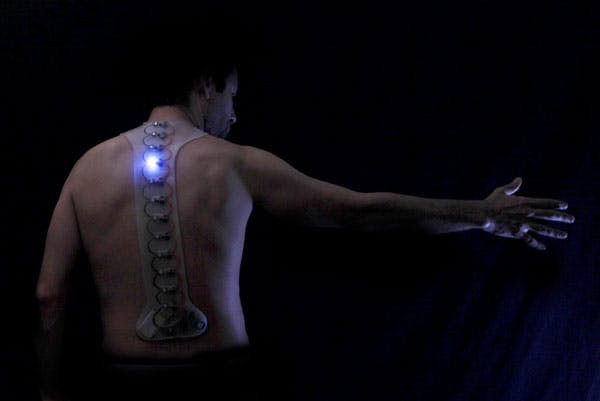
Can I become one with time?
I have no sense of time. My thesis is an experiment to see if I can develop one. I’ve made a device that feeds time data to my skin. Will I be able to know the time without looking at a clock? Can I manipulate time? Will I never be late again?
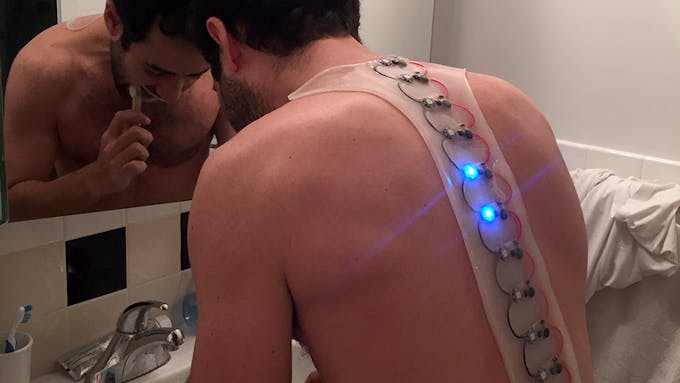
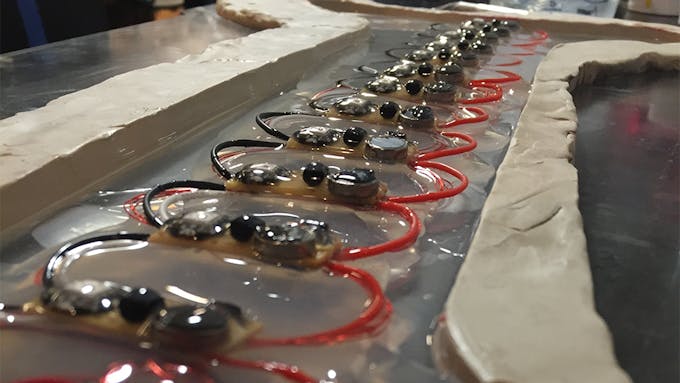 Molding the silicon
Molding the silicon
 Waterproof
WaterproofA conscious intervention
I want to know what time it is without a conscious intervention. I don’t like wearing watches. I want timekeeping to be my sixth sense. The first stage toward accomplishing this goal is to embed a sense of time in my body. To do this, I created a wearable device that translates clock time into a haptic pattern language mapped to the hour of the day, using my skin as the interface. The haptic stimulus is created through tiny vibratory motors molded in silicone situated along the 24 pre-sacral vertebrae along my back. This is not meant as a consumer product, but rather behavioral experiment, or speculative design. A kind of Pavlovian training. Later, if time does become an innate sensation, I may try to mess with my mind by changing the data and the intervals, making a minute longer or shorter (or dynamically varying!).
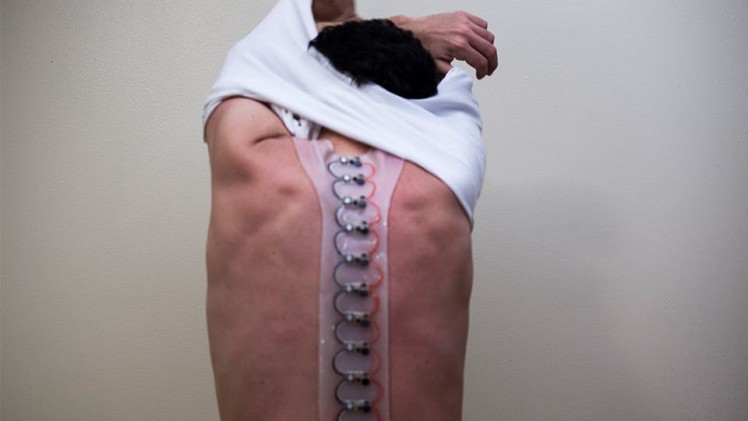
Time is plastic
For two reasons I believe time is plastic. First an understanding I was led to by the reality of living in different time zones than my family and friends, having the meaning of the clock’s ‘now’ vary by geography. And the second, life experiences such as my service in the military, where time was dissected into extremely thin slices, and expectations for the fulfillment of commands were defined in seconds. Clocks suggest that time is a steady phenomenon that goes predictably forward, but we all know time stretches and compresses…
Time typically is perceived through visual and aural stimuli. We look at a watch and mentally process the information – Am I late? Am I early? How long since? How long until? We try to synchronize to clock time, which is essentially an arbitrary division of the day invented by modern man for standardization in everything. But our bodies and minds work differently.
Our reality is saturated with stimuli that the brain subconsciously picks and filters (e.g. the fact that we do not constantly notice the feeling of a shirt’s fabric on our skin). Touched by Time explores the possibility and implications of creating a subliminal bodily awareness of the passage of time.
In order to add this new sense to my perception of reality, I chose to use tiny vibratory stimuli. I am also looking into the use of low voltage electrodes relying on the same system. One of my leading questions was “Is there an organ of time in our body?” I came up with different theories – some more mystical (e.g. chakras), some biological (e.g. the heart pulses in our wrists and the head is where the conscious process happen), and some that were more poetic (e.g. the left arm as the carrier of the watch or the fact we have 24 pre-sacral vertebrae, and 24 hours in a day). I chose to try different solutions as this is an experiment. I started with a strip along my back and a sleeve for my left arm. A phone app is used to control the devices – to switch between different styles of patterns, different intervals of length between stimuli, monitor battery state, and eventually provoke the manipulation of time. This is a pattern language I have to invent, in order to then learn.
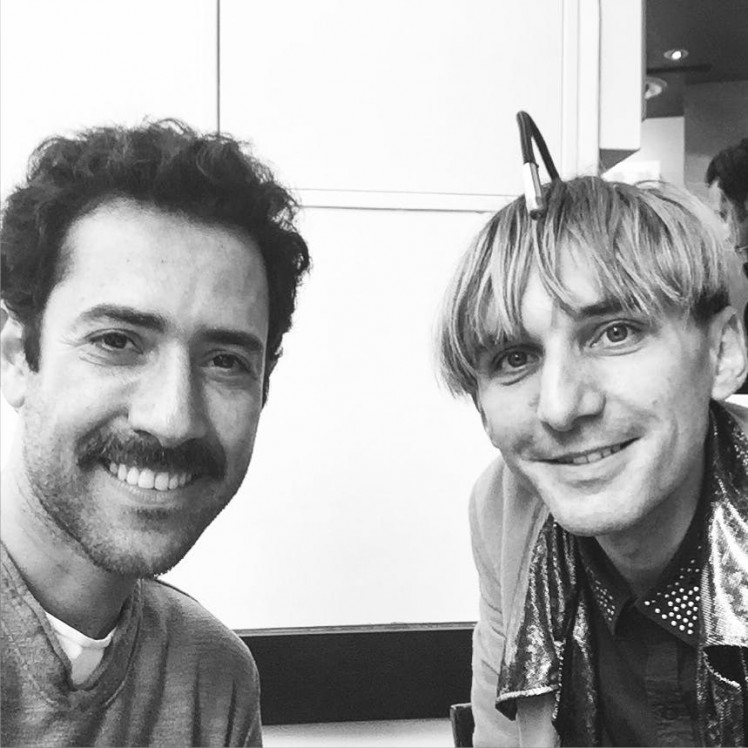 Discussing with Neil Harbisson
Discussing with Neil Harbisson
Beside the deep synchronization, I am interested in measuring both any behavioral changes and biological changes due to the constant stimuli. For that reason (and since it’s quite an ordeal to undertake a brain scan) I am logging different chronometers such as breathing, pulse, walking pace, singing pace, reaction tests etc – and will re-measure them after different phases of the experiment.
Next steps
If I am able to alter the data and foster a behavioral change, I may have manipulated and created a new understanding of time. If I get my body to be able to tell time accurately, that will be a success. Then when I manipulate the time data… I may be back where I started.
Thesis presentation of Touched by Time:
Touched by Time from Oryan Inbar on Vimeo.





